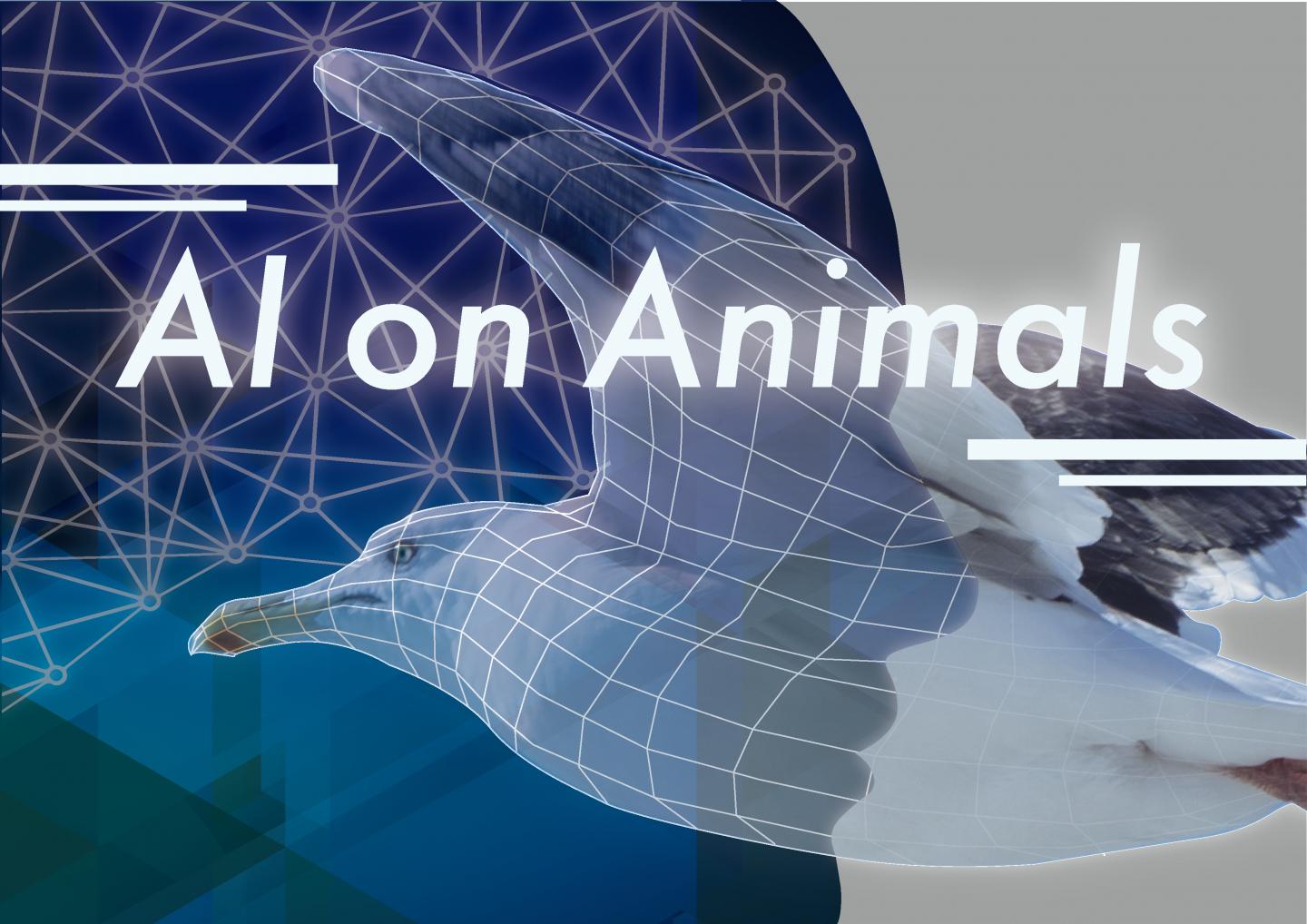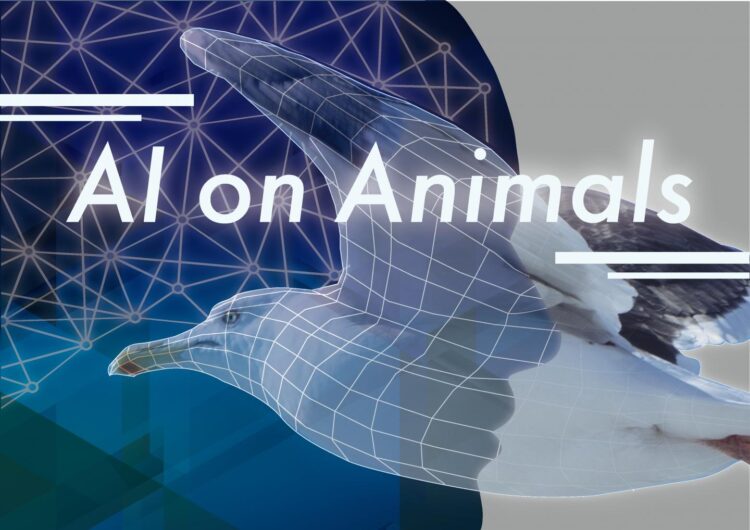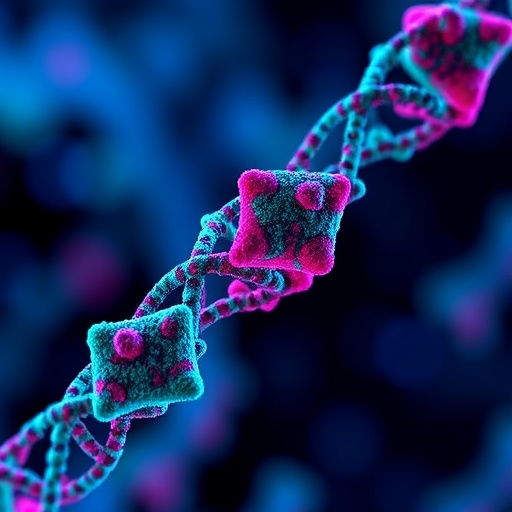Researchers from Osaka University have developed an innovative camera system assisted by artificial intelligence to help observe previously unreported behaviors in wild animals

Credit: Osaka University
Osaka, Japan – A research team from Osaka University has developed an innovative new animal-borne data-collection system that, guided by artificial intelligence (AI), has led to the witnessing of previously unreported foraging behaviors in seabirds.
Bio-logging is a technique involving the mounting of small lightweight video cameras and/or other data-gathering devices onto the bodies of wild animals. The systems then allow researchers to observe various aspects of that animal’s life, such as its behaviors and social interactions, with minimal disturbance.
However, the considerable battery life required for these high-cost bio-logging systems has proven limiting so far. “Since bio-loggers attached to small animals have to be small and lightweight, they have short runtimes and it was therefore difficult to record interesting infrequent behaviors,” explains study corresponding author Takuya Maekawa.
“We have developed a new AI-equipped bio-logging device that allows us to automatically detect and record the specific target behaviors of interest based on data from low-cost sensors such as accelerometers and geographic positioning systems (GPS).” The low-cost sensors then limit the use of the high-cost sensors, such as video cameras, to just the periods of time when they are most likely to capture the specific target behavior.
The use of these systems in combination with machine learning techniques can focus data collection with the expensive sensors directly onto interesting but infrequent behaviors, greatly increasing the likelihood that those behaviors will be detected.
The new AI-assisted video camera system was tested on black-tailed gulls and streaked shearwaters in their natural environment on islands off the coast of Japan. “The new method improved the detection of foraging behaviors in the black-tailed gulls 15-fold compared with the random sampling method,” says lead author Joseph Korpela. “In the streaked shearwaters, we applied a GPS-based AI-equipped system to detect specific local flight activities of these birds. The GPS-based system had a precision of 0.59–far higher than the 0.07 of a periodic sampling method involving switching the camera on every 30 minutes.”
There are many potential applications for the use of AI-equipped bio-loggers in the future, not least the further development of the systems themselves. “These systems have a huge range of possible applications including detection of poaching activity using anti-poaching tags,” says Maekawa. “We also anticipate that this work will be used to reveal the interactions between human society and wild animals that transmit epidemics such as coronavirus.”
###
The article, “Machine learning enables improved runtime and precision for bio-loggers on seabirds,” was published in Communications Biology at DOI: https:/
See https:/
About Osaka University
Osaka University was founded in 1931 as one of the seven imperial universities of Japan and is now one of Japan’s leading comprehensive universities with a broad disciplinary spectrum. This strength is coupled with a singular drive for innovation that extends throughout the scientific process, from fundamental research to the creation of applied technology with positive economic impacts. Its commitment to innovation has been recognized in Japan and around the world, being named Japan’s most innovative university in 2015 (Reuters 2015 Top 100) and one of the most innovative institutions in the world in 2017 (Innovative Universities and the Nature Index Innovation 2017). Now, Osaka University is leveraging its role as a Designated National University Corporation selected by the Ministry of Education, Culture, Sports, Science and Technology to contribute to innovation for human welfare, sustainable development of society, and social transformation.
Website: https:/
Media Contact
Saori Obayashi
[email protected]
Original Source
https:/
Related Journal Article
http://dx.





